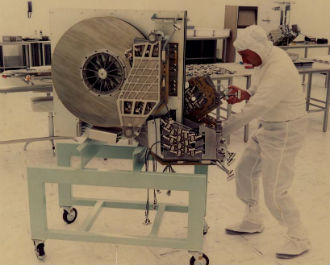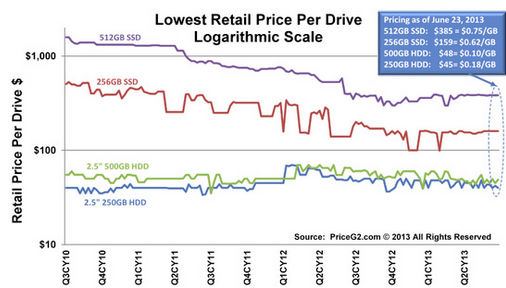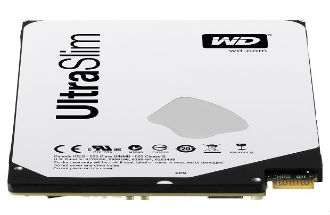 Western Digital’s HGST subsidiary has added 8TB and 10TB hard drives to its HelioSeal product line.
Western Digital’s HGST subsidiary has added 8TB and 10TB hard drives to its HelioSeal product line.
These drives are hermetically seals in helium in order to reduce internal drive friction and power use and make your drives sound like Mickey Mouse.
HGST announced its first helium-filled hard drive, the 6TB He6 model in December. It did rather well and broke all previous records for hard drive areal density.
HGST said that by 2017, it plans to end production of air-filled hard drives for use in corporate data centres and just use helium-filled products.
Along with the thinner gas’s ability to reduce power use, the helium-drives run at four to five degrees cooler than today’s 7200rpm drives, HGST stated. Sealing air out of the drive also keeps humidity and other contaminates from getting in.
The announcement follows Seagate’s two weeks ago which announced its highest capacity enterprise hard drive would be an 8TB model that bypassed helium for air.
Seagate uses a technology called shingled magnetic recording (SMR) to increase the capacity of its drives beyond 4TB. Seagate has said SMR holds the promise of creating 20TB drives by 2020.
HGST’s new 3.5-in 8TB drive uses PMR technology. Both drives use a 12Gbps SAS interface, but by using helium instead of air, HGST said it was able to stack seven platters and reduce power usage at idle by 23 per cent and watts per terabyte of capacity by 44 per cent over its 6TB drive.








